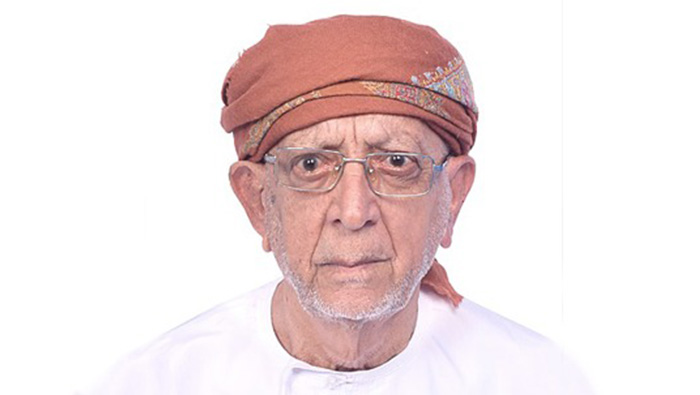
The Al Bu-Said, also known as the House of Al Said, represents the continuous monarchical authority in Oman since the mid-18th century, a period spanning over 250 years.
The dynasty was established following a period of civil war among the preceding Ya’ariba rulers. Imam Ahmed bin Said, who is the subject of this article, navigated dramatic shifts in Oman history, transitioning from a traditional imamate based in the interior to a massive maritime empire centered in East Africa.
The accession of Ahmed bin Said in 1749 represents one of the most significant political transformations in the history of the Arabian Peninsula, marking the end of the civil war-ridden Ya’rubi Dynasty and the establishment of the House of Al Bu-Said, which continues to govern the Sultanate of Oman into the Twenty-first century.
By the time Imam Ahmed bin Said rose to prominence, Oman was reeling from internal strife, characterized by deep tribal divisions and the devastation of external occupation by Persian forces under Nadir Shah. The collapse of the Ya’rubi Dynasty was precipitated by political instability, exemplified by the disastrous reign of Saif bin Sultan, whose decadent lifestyle and inability to control rival factions led him to appeal for Persian military intervention, resulting in foreign occupation from 1737 onwards.
Ahmad bin Said’s ascent not only liberated the nation from the Persians but also fundamentally altered the nature of Omani governance, ending centuries of traditional theocratic rule where secular and religious authority were fused.
Ahmad bin Said reigned specifically as Imam from 1749 until his death in 1783. The Imam was the traditional ruler, vetted and selected by the religious scholars (ulema) to hold both secular and spiritual authority. Historical evidence confirms that Imam Ahmad bin Said was the only ruler of his dynasty clearly elected in the traditional way.
Imam Ahmad bin Said’s successful reign derived from his ability to monopolize the two key sources of legitimacy required for the state: military strength and religious sanction (being elected Imam).
The Rise of a Provincial Leader (1694-1749).
Ahmad Said’s early life stands in stark contrast to the traditional noble lineages that typically provided candidates for the Imamate. He was born in 1694 in the frontier mountain village of Adam (Wilayat Adam today, on the road from Nizwa roundabout to Salalah).
He belonged to Al Bu-Said, a small Hinawi tribe. Historical accounts suggest he began his career modestly, perhaps as a wood vendor, before rising through commercial acumen to become a leading merchant in the strategic port city of Sohar. His understanding of the traditional tribal mentality, coupled with his Hinawi tribal connections, enabled him to gain regional support.
His rising stature and influence led to his appointment as Governor of Sohar around 1737. This appointment occurred during the escalating crisis following the failure of the Ya’rubi Imam Saif bin Sultan, who lost popularity among the interior tribes due to his indulgent lifestyle and his decision to call on Persian military assistance.
Withdrawal of Persian Army
The Persian presence in Oman intensified from 1737 onwards, peaking between 1742 and 1744. The Persians, led by General Taqi Khan, took control of vast swathes of the country, including the crucial forts of al Jalali and al Mirani in Muscat, which they gained through a deception involving Saif bin Sultan. The Persian forces then marched north and laid siege to Sohar.
Ahmed bin Said’s actions during the siege of Sohar are central to his narrative as a national hero. He mounted a fierce and sustained defense against the Persians, refusing to surrender. Recognizing his unique position of strength and popular support, tribal leaders, at the height of the economic and financial hardship, requested that he assume the imamate of Oman, and he was formally elected to the post.
Imam Ahmed bin Said’s first act was to skillfully negotiate the withdrawal of the Persian army from the Sultanate.
At the height of economic and financial hardship and the scarcity of basic necessities during the late Ya’rubi dynasty. His first act as Imam of Oman, was to request the withdrawal of the Persian army from the Sultanate, as their presence was no longer needed. His second, equally vital task was to unify the fractured tribes and end the infighting that had plagued the country. By successfully accomplishing both objectives, his wisdom and leadership brought much needed stability and sovereignty back to Oman.
Imam Ahmad bin Said’s historical significance rests on his simultaneous performance in three critical roles: He was the Military Deliverer who expelled foreign armies. The political Unifier who succeeded in consolidating warring internal factions, and the Dynastic Founder of a house that restored stability and commercial prosperity following the preceding dynastic collapse and civil war.
The Dual Legacy of Imam Ahmad bin Said, Founder, Restorer, and Transitional Figure
Imam Ahmad bin Said’s long tenure, spanning approximately four decades, reversed the internal decline and external humiliation Oman had endured. Under his command, the country recovered its leading position in the Arabian Peninsula. He successfully established the house that has ruled Oman for over 250 years.
Long live Oman